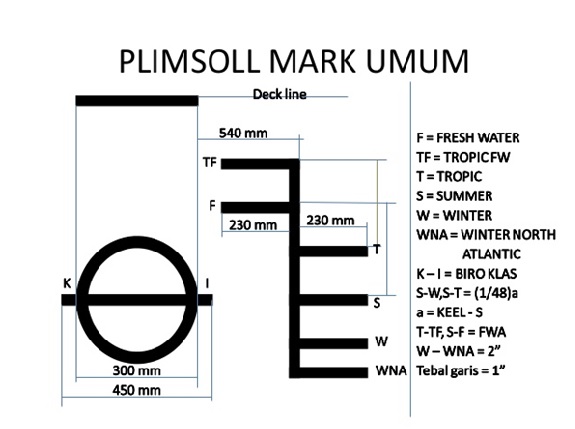History behind plimsoll loadline :
During the 19th century, when British trade with the rest of world was growing rapidly, the high loss of ships being experienced annually as a result of poor maintenance and ‘overloading’ created a serious cause for concern (during the period 1873/74 in excess of 400 ships sank around the British coast with the loss of some 500 lives). The condition of ships in some instances gave rise to them being referred to as ‘coffin ships’.
In 1835, Lloyd’s Register introduced rules regarding the loading of ships in an attempt to reduce the losses, but this only applied to those ships registered with them. Since there was no law or authority to control the quantity of cargo a certain type of ship could safely carry, owners of ships not registered with Lloyd’s could do as they pleased, many having no regard for safety.
This disregard for safety at sea created a problem for seamen. They were refusing to go to sea, and in 1855, a group of seafarers known as the ‘Seamen of Great Britain’, wrote to Queen Victoria, protesting that Courts were finding them guilty of desertion when they complained or refused to go to sea in these so called ‘coffin ships’.

In 1906, foreign ships were also required to carry a loadline if they visited British ports, and since then this mark on the side of the ship has been known in the United Kingdom as the ‘Plimsoll Line’. Together with other important changes with respect to ships and safety, the load line assisted greatly in preserving the lives of ships’ crews and passengers.
